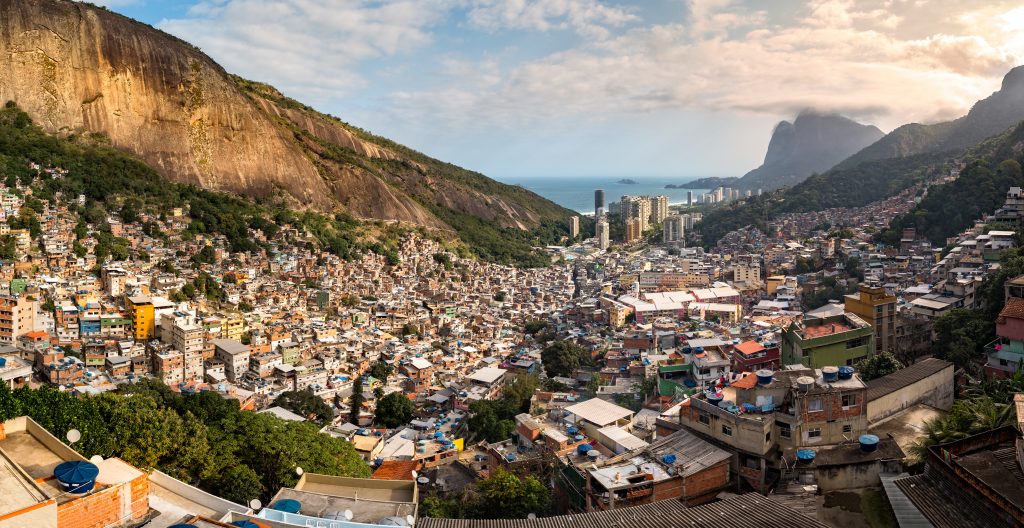Our partners at COP26 are all contributing to a dramatic schedule that will pitch Glasgow to the forefront of the global response to climate change. The Resilience Hub events platform is live on this site and you are invited to register to attend either virtually or in person. Browse the calendar and register your interest here.
Our partners for Cities, Regions and Built Environment programme theme:
Build Change – saves lives in earthquakes and typhoons
Sniffer – bringing people together to create sustainable and resilient society
How do Cities Regions and Built Environment affect resilience?
Cities are major contributors to climate change and yet there is also the need to recognise and take action on the impact that climate change is having on cities and their populations. Cities are already dealing with the effects of climate change and the majority of cities are at risk. More than 90 percent of all urban areas are coastal, putting most cities on Earth at risk of flooding from rising sea levels and powerful storms.
Most buildings have not been designed to withstand the current climate stresses and hazards. The world needs more resilient buildings in the face of climate change and extreme events like storms, floods, high wind speeds and rising temperatures. Reporting by Bloomberg has projected that by 2100, cities will be significantly hotter than their surrounding regions. As such, it is imperative to act now to protect the environment from the climate impacts generated by city and city populations, as well as to prepare cities for the climate stresses to come.
If cities don’t become more resilient by 2030, climate change alone could push 77 million people back into poverty.
What does this mean in practice?
There is no single solution towards building climate resilience. There is an urgent need to shift towards transformational, systems-wide approaches to adaptation. This will require parallel efforts in the following:
- Policy and people: Demand for urban resilience must come via new forms of governance and leadership; policy commitments that embed and prioritise resilience; outreach and advocacy efforts to educate citizens on the need for city climate action and empower them to enact impactful initiatives; increased capacity by leaders at all levels – community, city, and regional – to implement long-term planning solutions; social inclusion and protection of marginalised populations
- Financing and investment: Benchmarking, research, and awareness raising on the financing needs of cities and regions; identifying gaps in current investment strategies; development of innovative or new financing solutions; making climate-smart solutions accessible to city residents regardless of income; relationship between resilient cities and local development
- Innovation and technology: Efficiency improvements through digital technologies; construction and retrofitting practices which recognise built environment’s role within cities (blue/green infrastructure);
- Locally-led adaptation and nature-based solutions: Creation of blue/green spaces within cities; using local materials and technologies to advance sustainability; water-based resilience.
For the purpose of the Resilience Hub, we are focusing on activities that can promote and enable resilience building at different scales and infrastructure lifecycle stages. These could also include:
- Decision-making and local leadership; new forms of leadership; local democracy / locally-led adaptation and place-based solutions
- Resilient housing shelter and built environment
- Resilient place making including water resilience, nature-based solutions and climate and health
- Climate finance and investment in cities’ and built environment resilience
- Pathways to systems change and resilient ways of working
How will we know if we are getting it right?
Cities and regions serve as the central hub for key aspects of human development – housing, livelihoods and economic growth, health, education, and as the primary geographies for strengthening resilience in the built environment. COP26 is a critical moment to advocate for resilient places to live, work, and play via raising climate ambitions, mobilising all relevant stakeholders, and identifying the strategies which are both needed and effective for a more resilient future.
If we get our collaboration right, now and in the future, we will hope to see:
- The sharing of best practices and innovative thinking about strengthening cities and built environment in a way that is fair and inclusive
- Strategies that city authorities and regions can take to improve resilience, including role of non-state actors to promote resilience in cities and built environment

